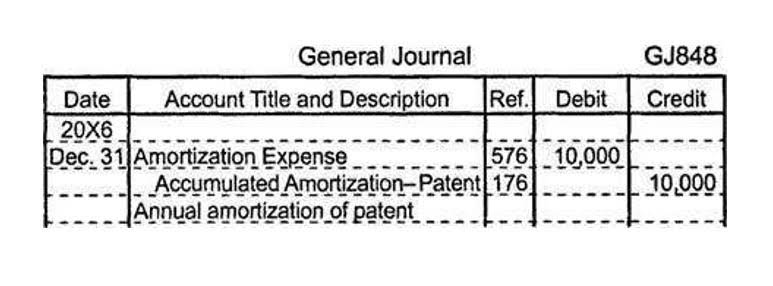
However, the advent of technology has introduced robust mechanisms to minimize the occurrence and impact of transposition errors. You might spot a transposition error in trial balance, when your accounts don’t equal. If they are unequal, you can go back to your journal entries to find where the error originates from. From an accountant’s perspective, a transposition error can cause a trial balance to not tally, potentially leading to hours of additional work to locate and correct the mistake. This error is particularly insidious because it is divisible by 9, making it harder to spot at a glance. Another type of transposition error is where the reversed order of two consecutive digits causes significant inconsistencies.

By following these steps, professionals across various fields can systematically address transposition errors, ensuring accuracy and reliability in financial and data records. From a data analyst’s point of view, transposition errors in datasets can lead to incorrect conclusions or forecasts. Consider a scenario where population data is transposed, with ‘321’ entered as ‘231’. This could significantly alter demographic analyses and affect resource allocation decisions. Compensating errors are other types of accounting errors where such errors are coincidentally equal and opposite to one another. This means that two or more errors have occurred and those errors canceled each other; thus the total debits and credits remain the same.

Be sure to save the project (ZPR) file so that the Transpose Master data is stored with your model and you can continue posing during a new ZBrush session. Turn on the Grps option if you want to preserve the existing polygroups for your model. If turned on, the existing polygroups for all SubTools will be preserved in the combined mesh. If turned off, the combined mesh will have one polygroup for each SubTool of the original model.
Addressing this issue head-on helps ensure the reliability of financial statements and supports the decision-making processes that rely on them. This is another accounting error where the transaction has been recorded at the correct amount; however, that transaction has been recorded on the wrong petty cash side. Error in accounting or accounting error is the omission or misstatement in the financial statements. Material errors are the omission or misstatements that could lead or influence the decision making of the users of financial statements either individually or collectively.

It is through careful examination of the trial balance and subsequent adjustments that such errors are identified and rectified. A transposition error is when a number is recorded as two opposite digits instead of one. The transposition error can be traced to an exact digit by recording the correct digit as the incorrect one. This error is easily detectable because the difference between the two numbers is evenly divisible by nine. Therefore, the amount of the transposition error is always divisible by nine.
Executives used a gap in repurchase agreement restrictions to plan a sophisticated network of bank transactions in the Azure Islands. Their strategy involved a sequence of well-timed asset sales and repurchase agreements meant to give the impression of sound financial standing. But in October 2023, this ornate façade came tumbling down, exposing the extent of the deceit and permanently damaging Sterling’s image. The problem arises when an individual is unable to retain the correct order of digits in a calculation. These errors can result in catastrophic financial results, or in the death of a person.

A single-digit flip happens when two digits in a number are reversed, such as entering “64” instead of “46.” This error can remain unnoticed transpose error during routine checks. For example, recording $64 instead of $46 may seem minor but, when repeated, can lead to significant discrepancies in reports. According to Generally Accepted Accounting Principles (GAAP), financial statements must reflect a true and fair view of a company’s position. Double-entry bookkeeping and regular reconciliations can help catch and correct these errors early.
Understanding the framework of trial balances is crucial for anyone involved in the financial reporting process. It is not just a matter of balancing numbers, but a comprehensive review to ensure the accuracy and reliability of financial information. The trial balance is a testament to the meticulous nature of accounting and its role in maintaining the financial fidelity of an organization. The design of an accounting system can influence the frequency and detection of transposition errors.
To determine where the numbers were switched, review your ledger accounts, journal entries, or any other document where the figures were entered (e.g. receipts and invoices). Transposition errors, while common, can be managed and mitigated with careful attention and the implementation of robust accounting systems. It’s a testament to the need for precision in the accounting profession and a reminder of the human element inherent in financial reporting. Educating staff Accounting for Technology Companies on the nuances of error prevention is a proactive approach to mitigating transposition errors. Training programs tailored to the specific needs of the financial team can instill a deep understanding of the common pitfalls in data handling. By focusing on the root causes of transposition errors, such as fatigue or inattention to detail, these educational initiatives can foster a culture of accuracy and mindfulness.